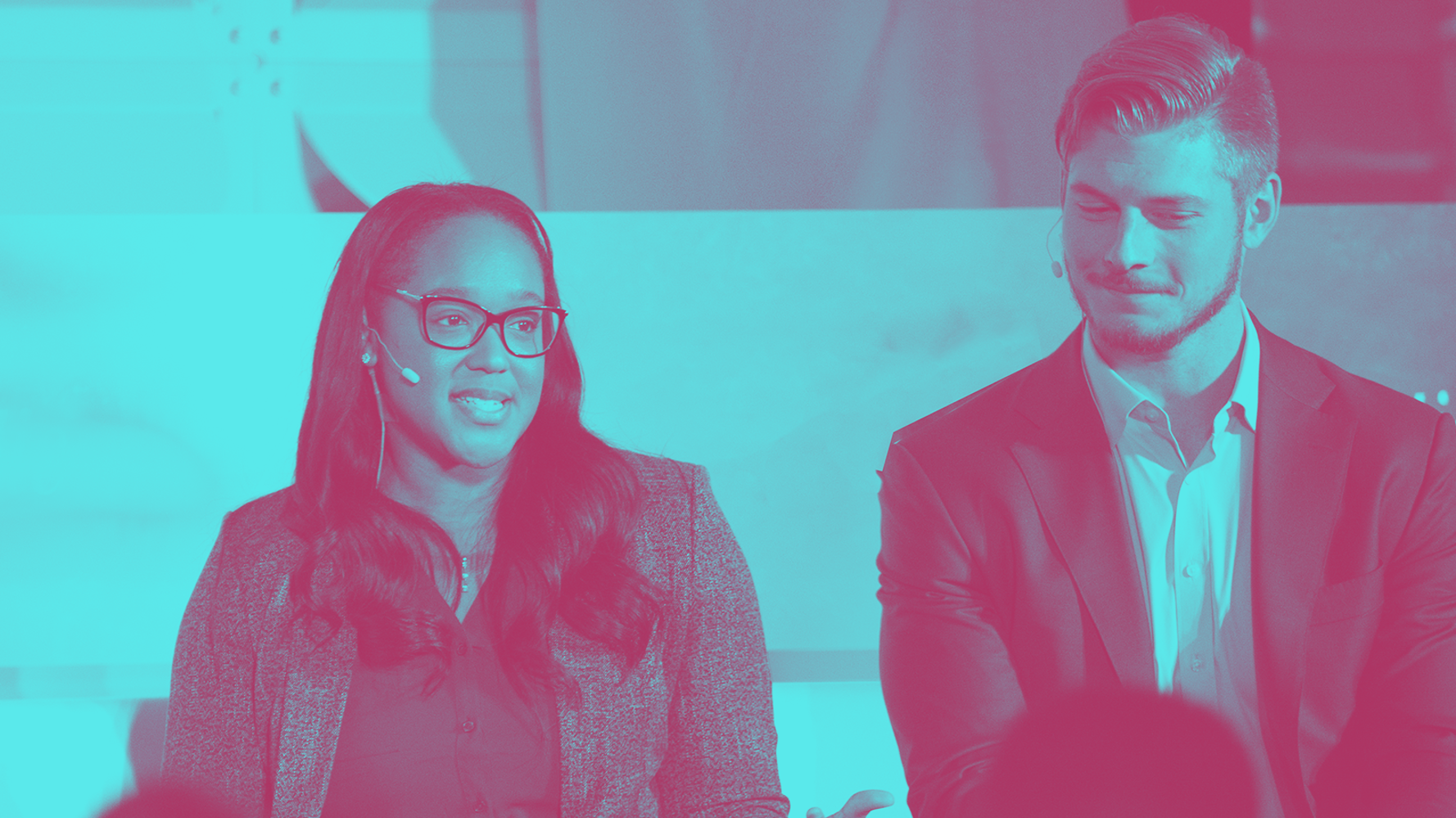
This article is part of a series of op-eds by CEOs of companies participating in CEO Action for Diversity & Inclusion, the largest CEO-led business coalition focused on advancing diversity and inclusion in the U.S.
By Shannon Schuyler, Chief Purpose and Inclusion Officer, PwC U.S.
Six years ago, Patricia Miller joined PwC in the HR Shared Services Center, supporting internal staff HR inquiries. Today, she’s still at the firm, but transformed her career and her skillset. She has an MBA, manages a team of IT operations resources, and, despite her considerable IT acumen, continually identifies ways to even further elevate her digital skills.
Patricia didn’t have to leave PwC to pivot her career, because the firm has made a commitment to help our people improve their digital capabilities. And this week, we announced we are investing $3 billion in tools, technologies, and individuals to disrupt our business, while helping to continue delivering value to our clients and communities. We will provide our 276,000 people with the critical skills to help them grow and develop now and in the future as life-long learners.
We are meeting our employees where they are in their own digital journey by giving them access to a personalized Digital Fitness App, short bursts of gamification tools aimed at testing knowledge, and thousands of technology solutions in a Digital Lab.
Employees who want to further build their skills in digital specialties, such as data, automation, AI, and digital storytelling, can apply to become a Digital Accelerator, a PwC program that provides immersive digital training.
Accelerators apply digital skills they learn across our business, and for our clients, to increase efficiencies. By cutting down on mundane tasks, our employees are able to gain new skills, greater fulfillment, and more meaningful career opportunities.
As PwC’s Chief Purpose and Inclusion Officer, I think a lot about what makes work meaningful. PwC’s organizational purpose — our north star — is to solve complex problems and to build trust in society, but that overarching purpose receives a supercharge when our people infuse their individual work with personal purpose.
Patricia became an Accelerator and developed digital bots ― software that performs an automated task over the internet ― that her team can use to create efficiencies to complete projects. She soon found herself devoting more and more time to learning these tech skills. “Taking on the challenge of figuring out how tech could impact my work, and my team’s, gave me a whole new purpose within the firm,” Patricia’s told me. “I’ve never been more excited to come to work every day.”
To really ensure we are successful at empowering our employees, these initiatives must be inclusive of all employees, despite level, tenure, age, race or role. There are currently a half million open technology jobs in the U.S. and not enough qualified people to fill them.
While women represent 57% of the U.S. professional workforce, they only hold 25% of the professional technology occupations, and the percentage of black women, like Patricia, who hold these roles is even lower. To solve the talent gap, we need to give our people opportunities to build their skills. And Patricia is in good company — she is one of 40,000 employees using our Digital Fitness app to keep raising her digital game, and one of 1,000 Accelerators in the program’s first round, which was 42% women and 39% people of color. They’ve become the firm’s change-makers.
Equipped with a growing digital skillset and empowered to think beyond the status quo, our people are also able to make a bigger impact on society. We’re going into schools in underserved communities to get students excited about emerging technologies by introducing them to CODE-E, a life-sized humanoid robot the students can touch and interact with. And, working with nonprofits like DonorsChoose.org and Code.org, we’re creating a custom version of the Digital Fitness Assessment to share with educators free of charge.
Already, 20,000 teachers are using our app to teach themselves new skills. In my city of Chicago, for example, teacher Sumaya Qazi used the app to learn about how smart home devices work, and then she led a lesson that invited her students to reimagine how to use the devices to improve retail experiences, since many of her students work after school at retail stores.
Similarly, at nonprofits, our people are doing pro bono projects to help build digital capabilities. Recently, as part of our Skills for Society program, a team of PwC people worked with FIRST Robotics to help the organization better use its student participant data to reach more students and get them excited about STEM, and another worked with iMentor to identify key performance indicators that would inform how to engage mentors in their mission, recruit more mentors, and serve more students.
Last winter, a group also helped veterans organization FourBlock build an app that connects veterans with a network of employers and other veterans to help them find and succeed in their careers.
Thinking about Patricia’s journey, I’m amazed at the dynamism that purpose, technology, and an inclusive work environment can fuel. Technology is shaping us — not only in the context of our careers, but in the context of our changing world. Leveraging that technology to help create a workplace culture of continuous learning, purposeful engagement, and inclusion is now the name of the game.
REAL LIFE. REAL NEWS. REAL VOICES.
Help us tell more of the stories that matter from voices that too often remain unheard.
2019-10-01 23:25:00Z
https://www.huffpost.com/entry/how-to-harness-the-power-of-tech-charged-purpose_n_5d92142be4b0ac3cddac4301
Bagikan Berita Ini















0 Response to "How To Harness The Power Of 'Tech-Charged' Purpose - HuffPost"
Post a Comment